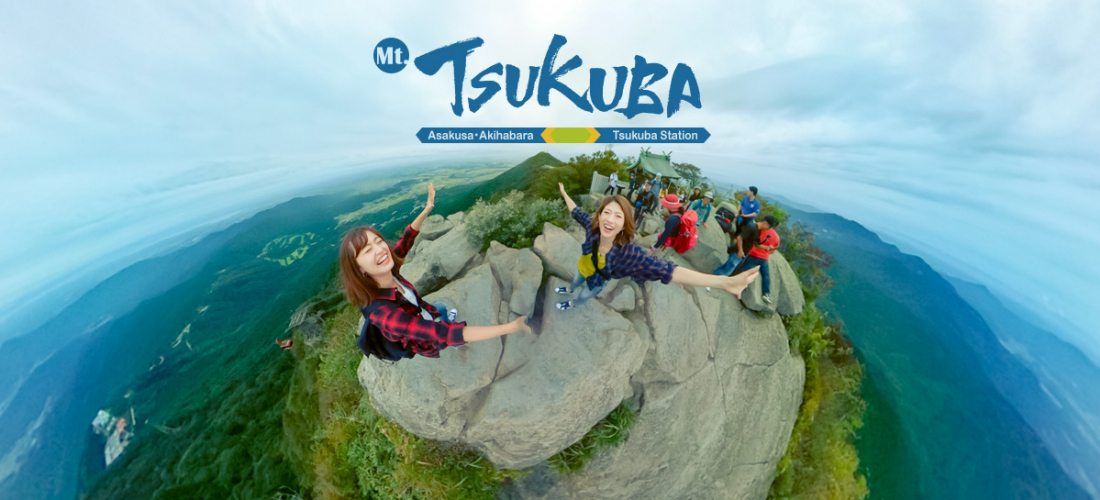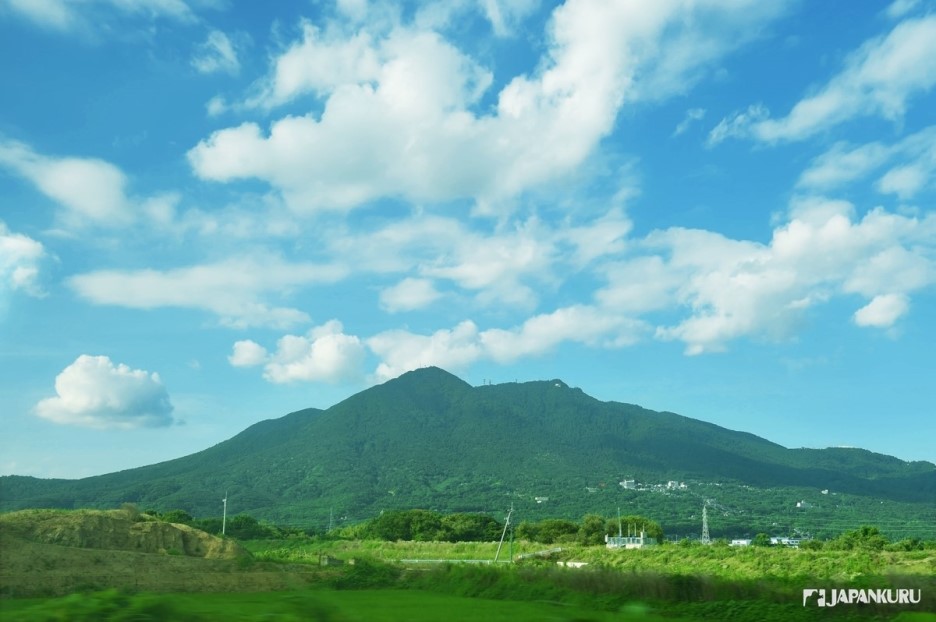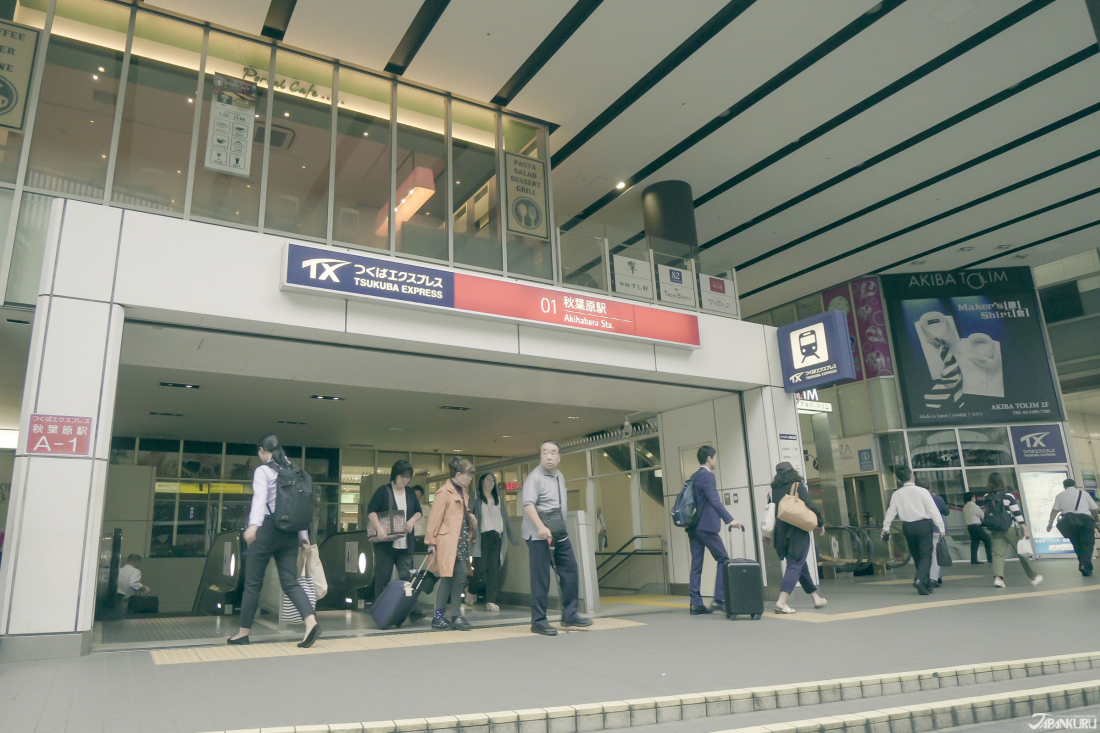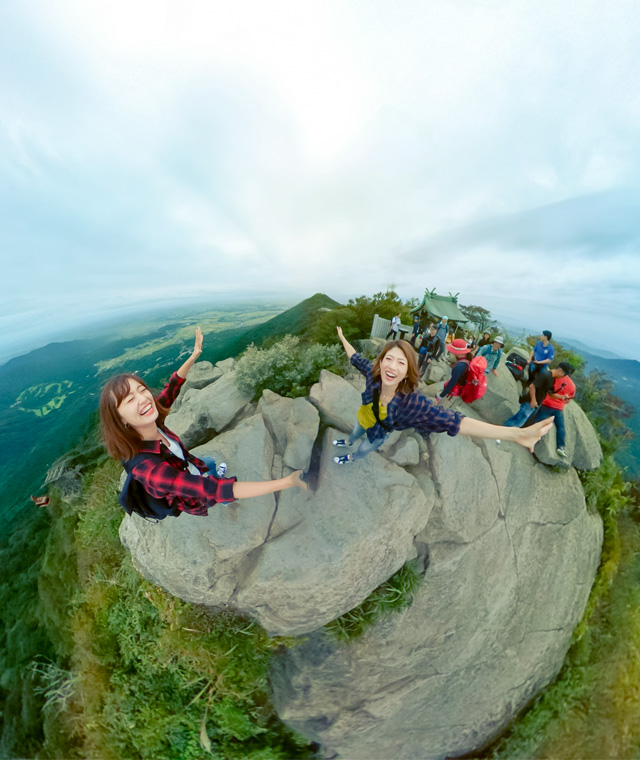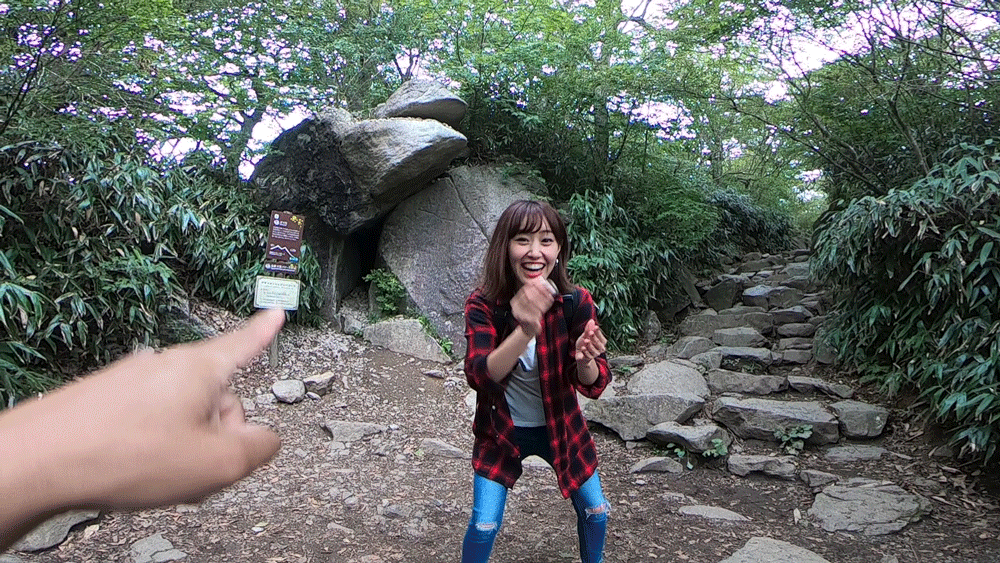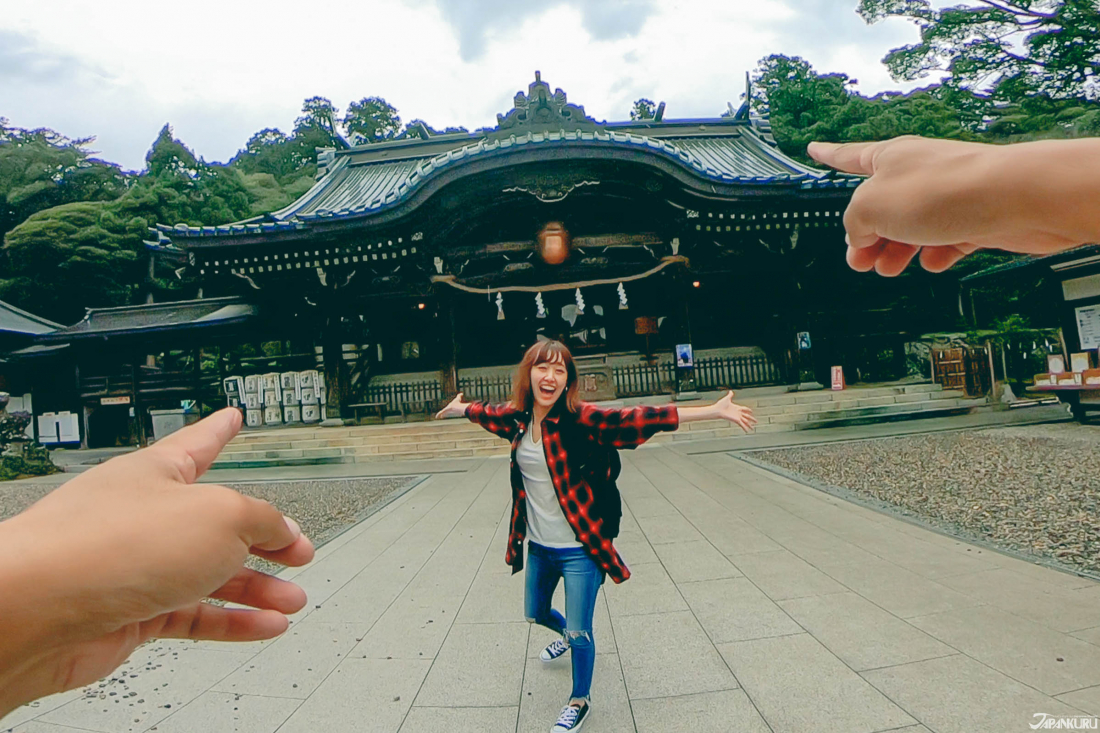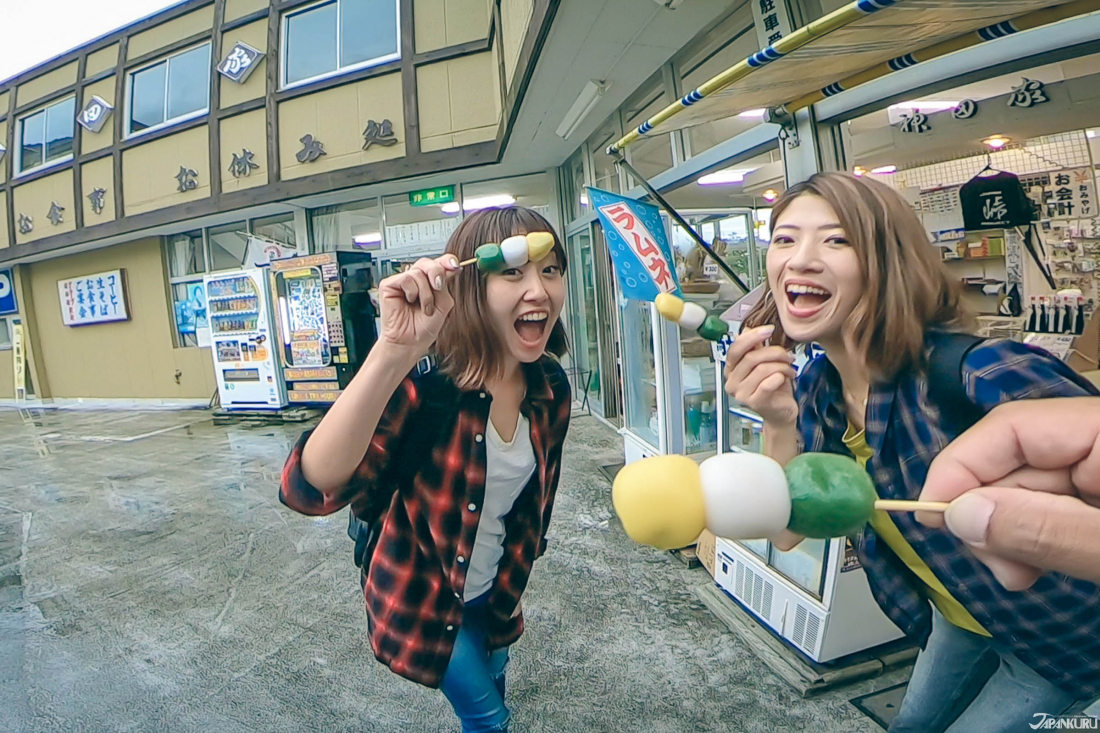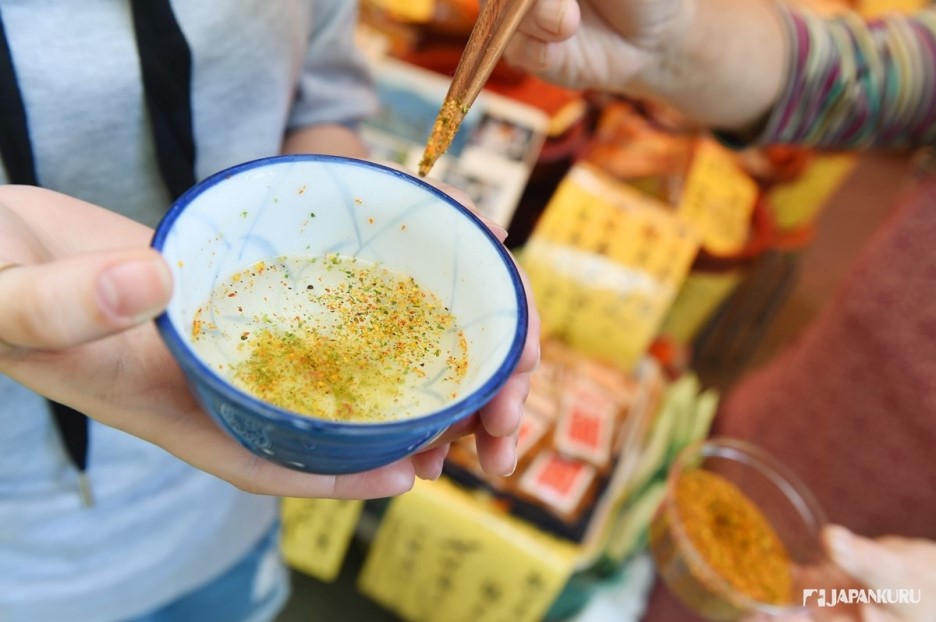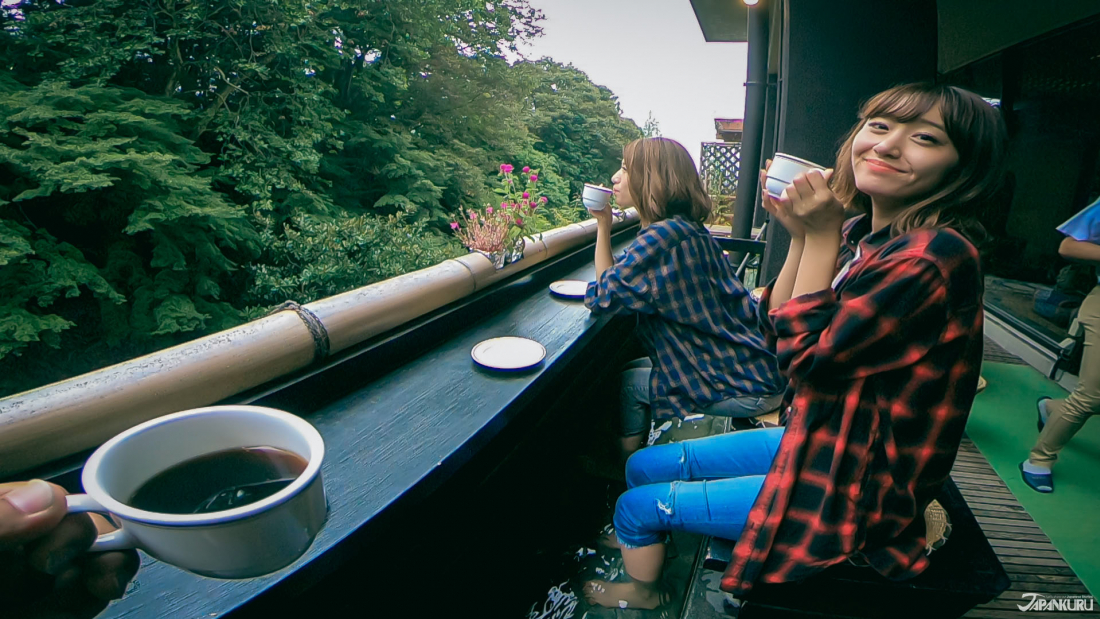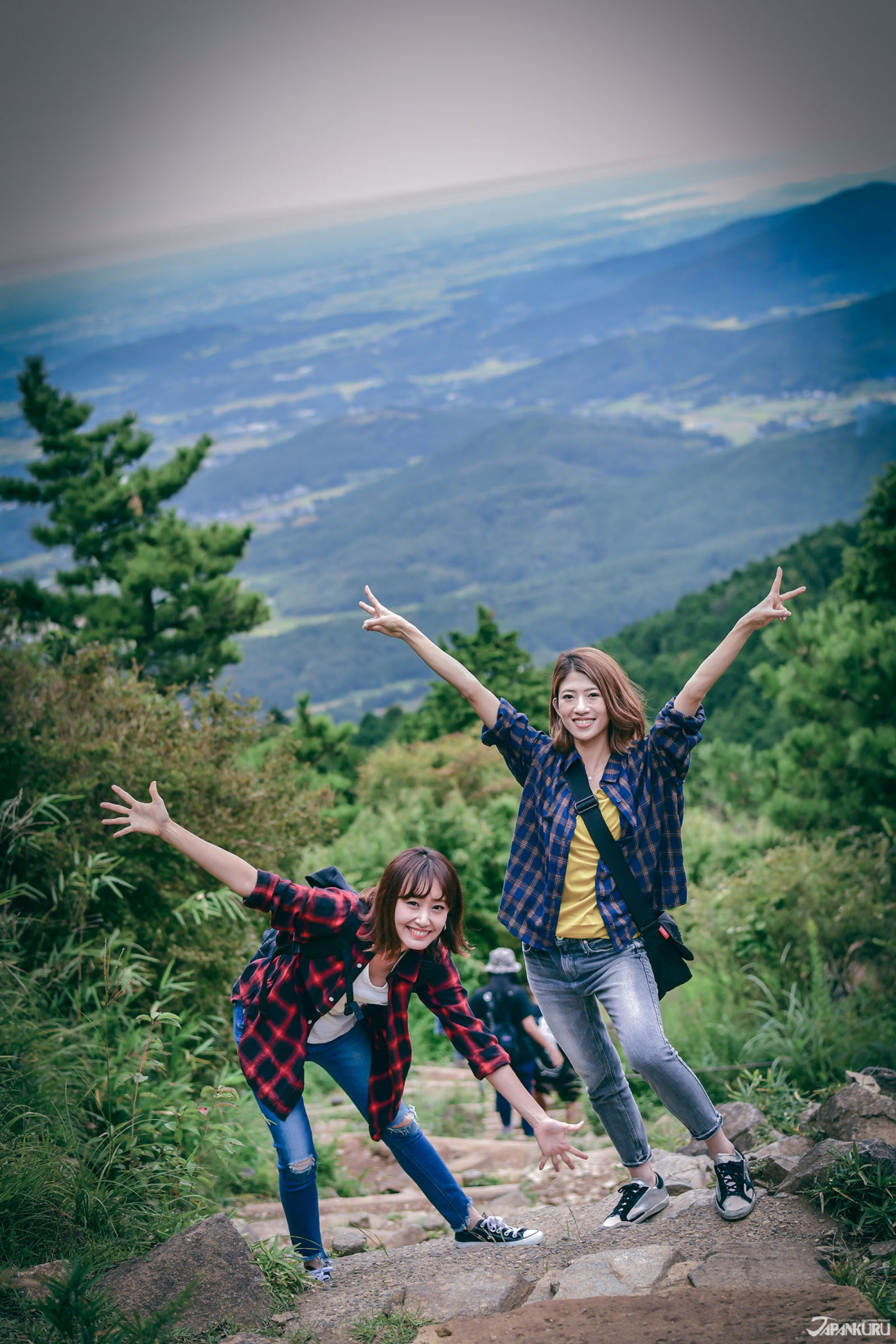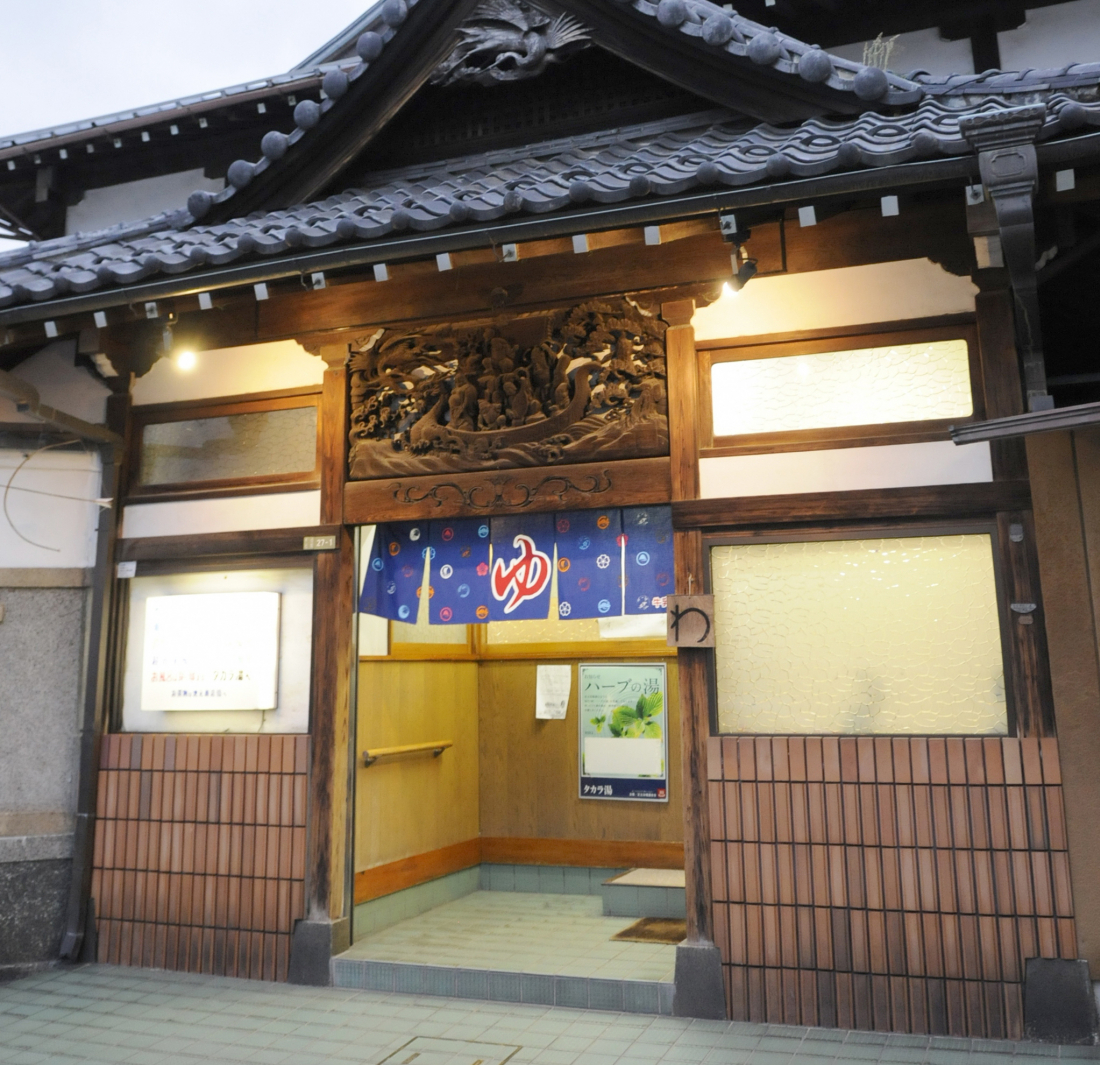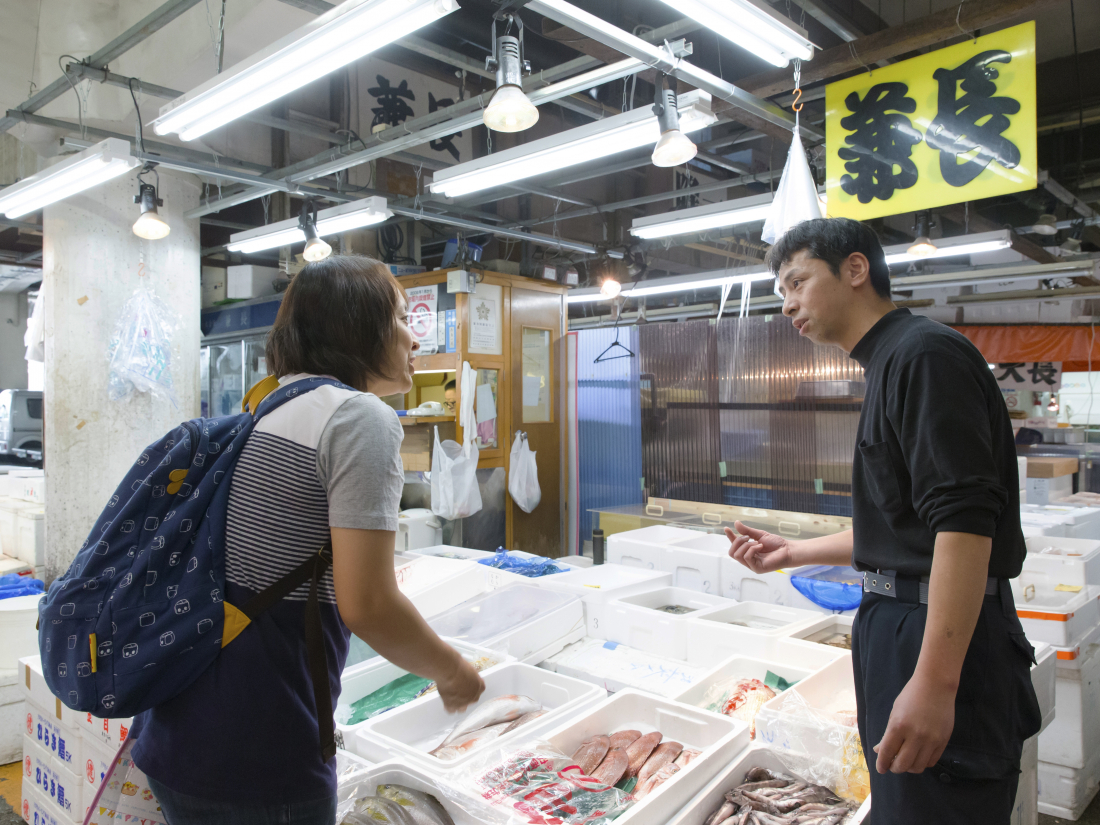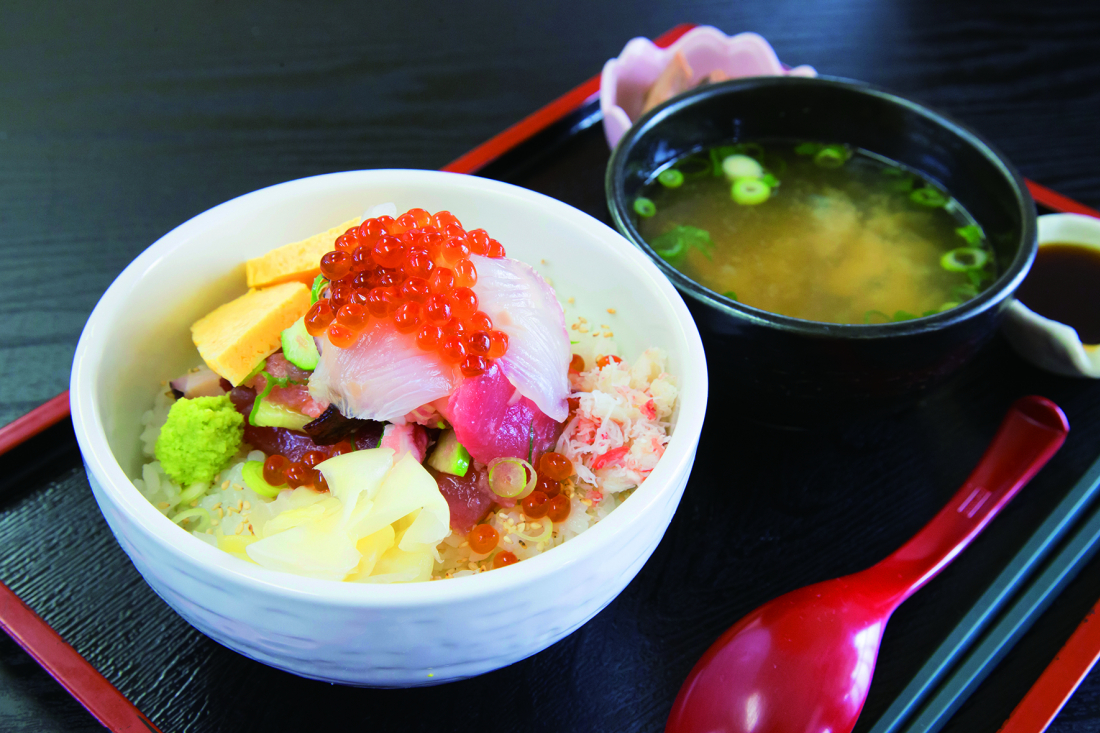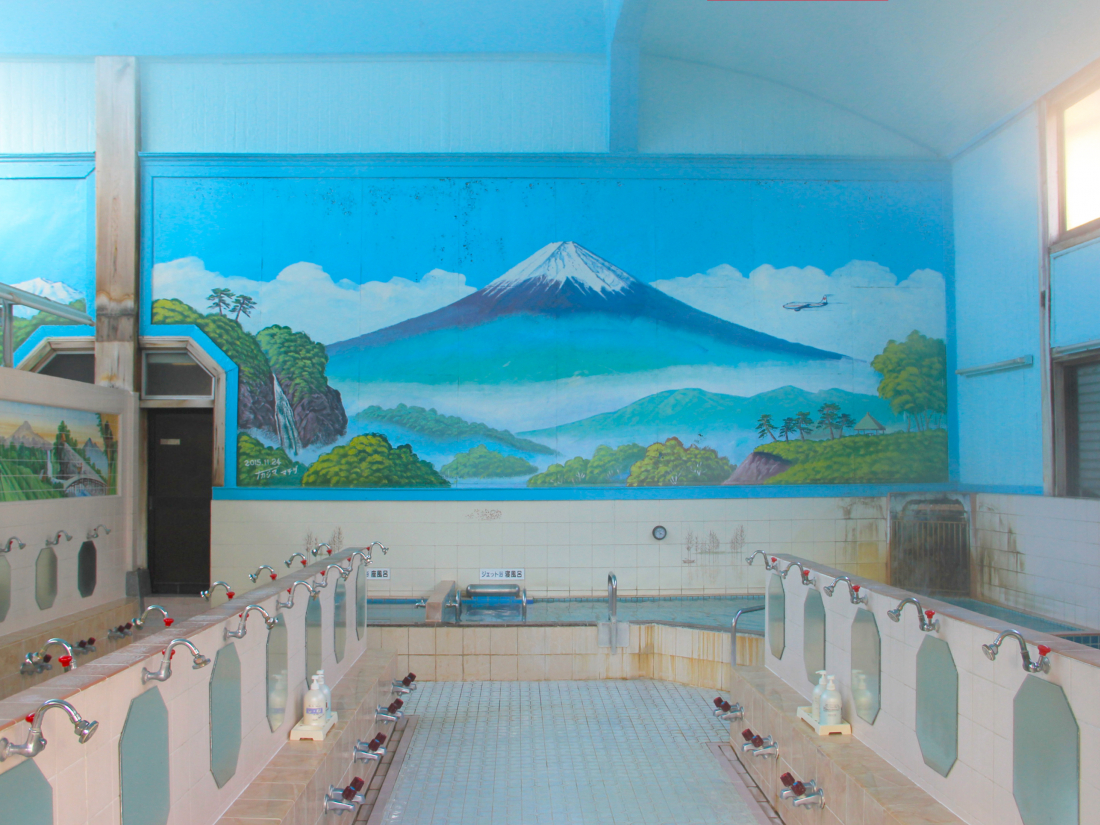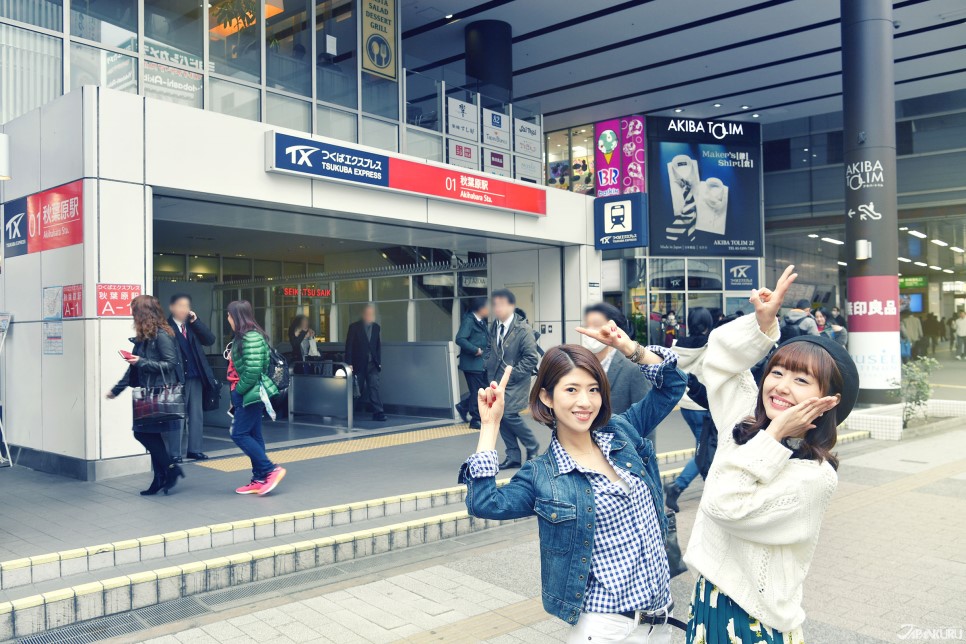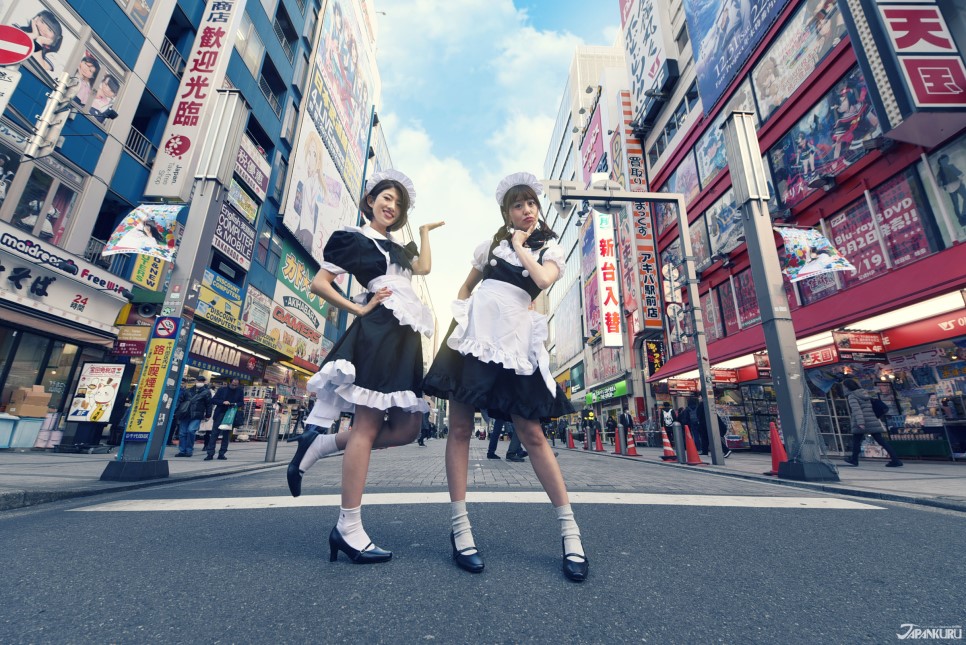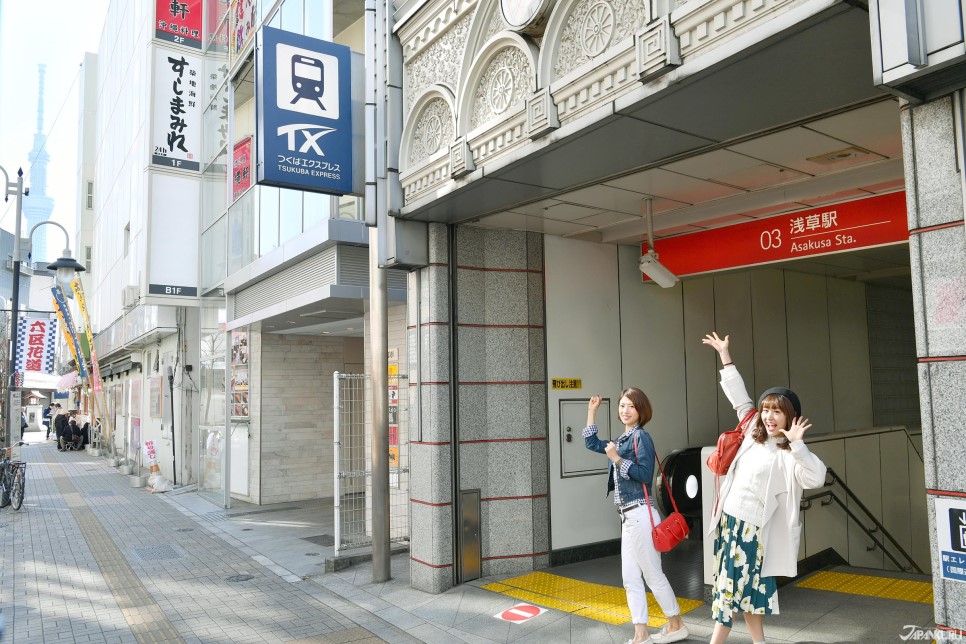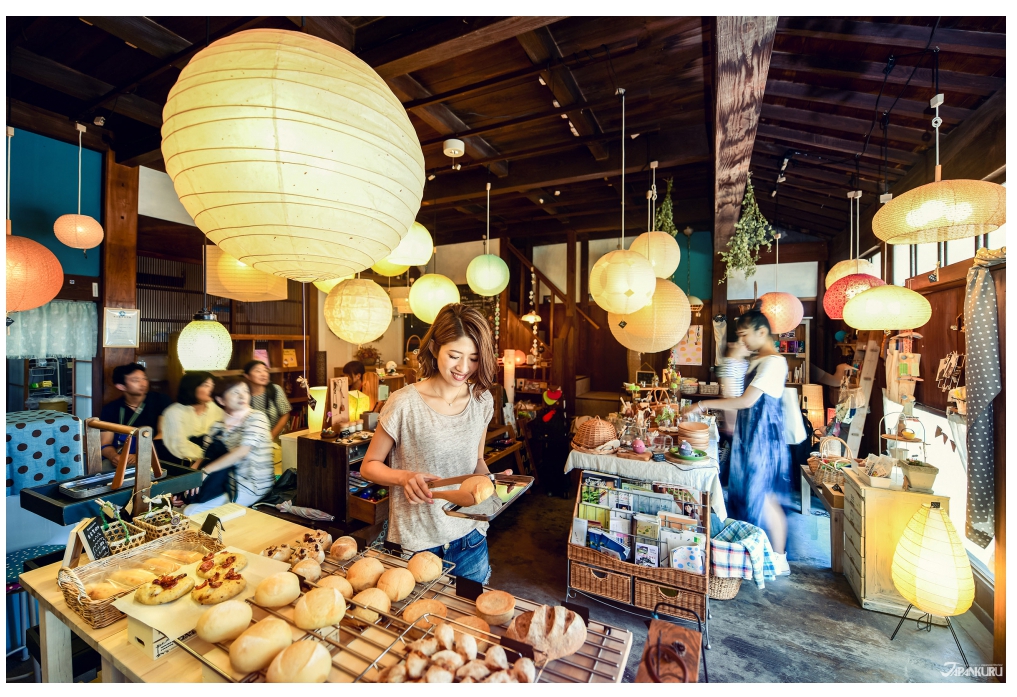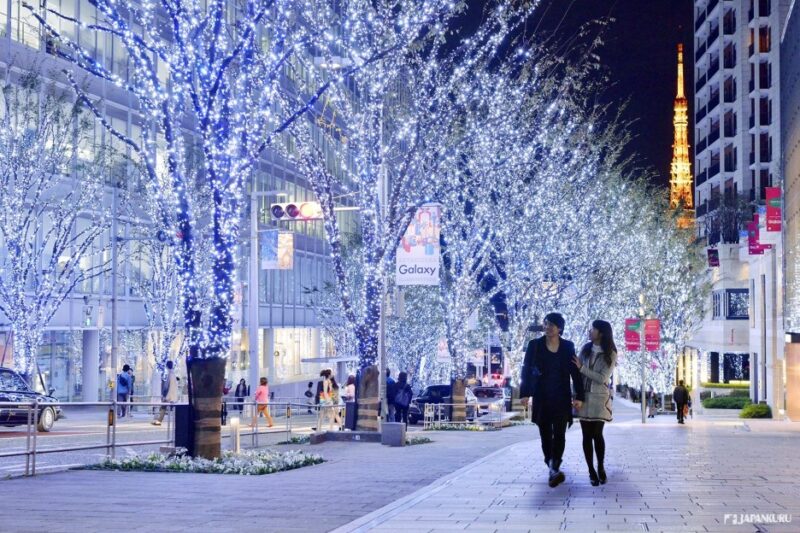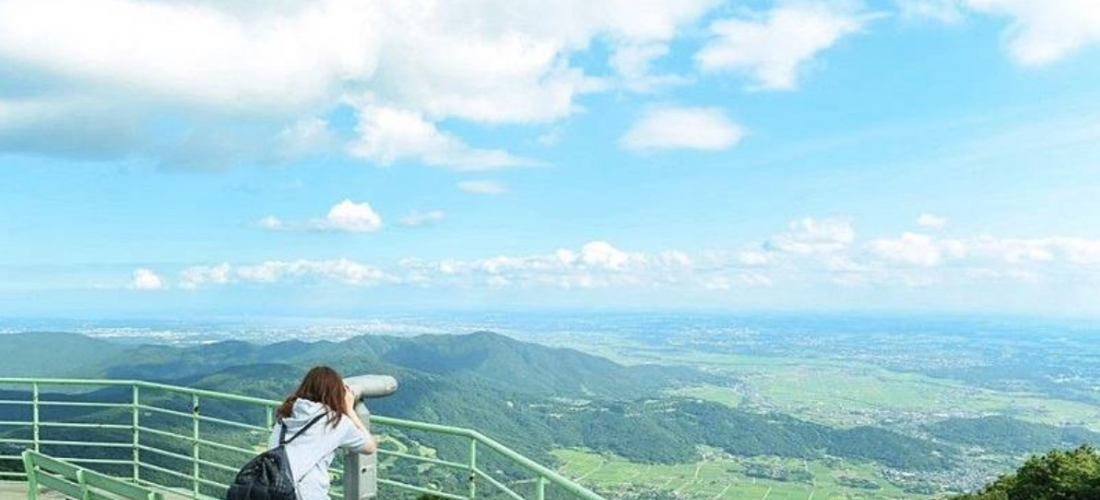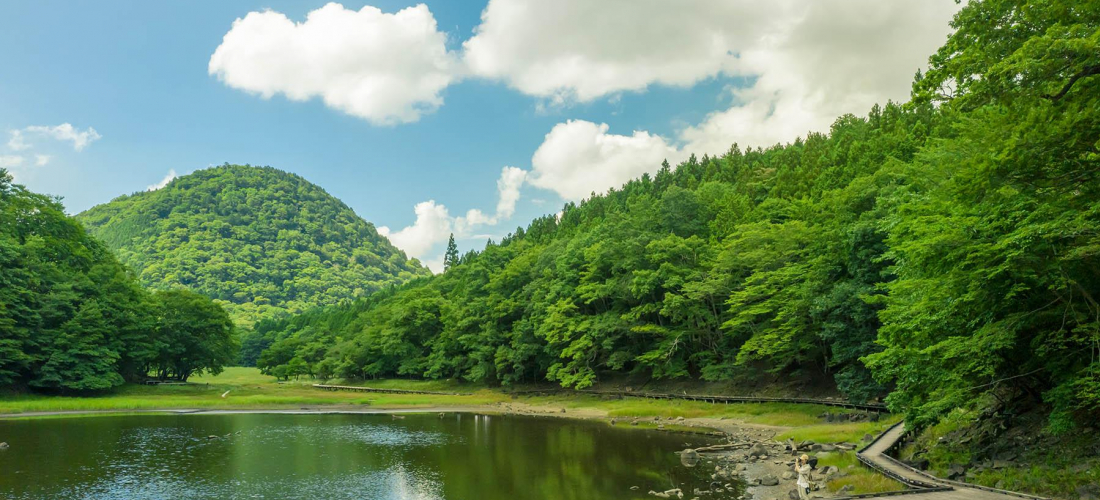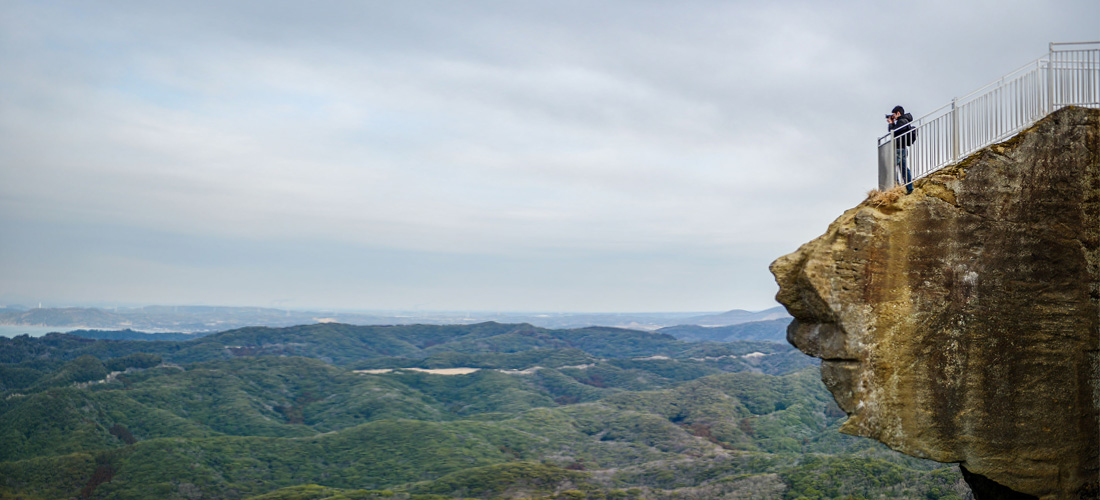CONTENTS
Tsukuba in Ibaraki Prefecture is about a 45-minute train ride from Akihabara, making it one of the best places to get out of the city for a day trip. Whether you live in Tokyo or are just visiting, Tsukuba is a cool place for a change of scenery.
Famously known as "the science city" due to the number of researchers and institutes there, Tsukuba has plenty of things to see and do from eating their famous chicken and rice bowls to climbing their great mountain. This time JAPANKURU took a train to Tsukuba and not only climbed Mt. Tsukuba but explored around the city to see what else we could find making an evenly day trip.
Getting to Tsukuba from Tokyo
The simplest way to get to Tsukuba is taking the Tsukuba Express Line (TX). We started from their first station Akihabara, but you can also get on the train from Asakusa. Taking Tsukuba Express is great because you won't have to deal with changing trains, you just ride the train to its final destination. No hassle whatsoever.
There are also 4 trains; rapid, commuter rapid, semi-rapid, and local, all of which take you to Tsukuba from Akihabara and Asakusa so you don't need to worry about which type of train you should take. Just get on the first one you see!
Tsukuba Express (TX) website (ENG)
all you need to do is hop on the bus that takes you there.
Special Tsukuba Travel One-Day Ticket
If you buy a Tsukubasan Story Ticket (筑波山きっぷ; Mt. Tsukuba ticket), it will cover the train from Tokyo to Mount Tsukuba as well as letting you enjoy riding privileges on the shuttle bus, ropeway, and cable car. Think of it as a Mount Tsukuba tour ticket! Since we came from Akihabara, we got it there but you can get the Mount Tsukuba ticket at any TX Tsukuba Express station. It is also worth mentioning that there are two different ways to buy the ticket. To get the special designed ticket in the picture above, you can purchase them at the TX Ticket Counter. You can also get your tickets at the train ticket machine, but the ticket won't be as pretty. It will look more like a regular train ticket. But don't worry! The two are exactly the same, they just look different.
Mount Tsukuba Ticket
💰Adults about 4000 yen
Children about 2000 yen
💻TX Tsukuba homepage
Things to do
Mt. Tsukuba stands alongside Mt. Fuji as one of Japan's greatest and tallest mountains. What makes it different is that Mt. Tsukuba has two separate peaks, Nyotai-san (女体山; "female body") and Nantai-san (男体山; "male body"). Using the Mt. Tsukuba Ticket, you can reach the top of the mountain by either ropeway or the Tsukubasan Cable Car. Or if you prefer to hike, that is an option too!
The summit is filled with all sorts of oddly shaped rocks. One popular one is the Gama Ishi, which is shaped like a toad if look hard enough. It is tradition to while having your back turned to the toad, throw a stone and try to get it to land in its mouth. If you make it you are guaranteed luck and fortune.
The Koma View Terrace (コマ展望台) right beside the Mt. Tsukuba Summit Station is not only a nice place to check out a different side of Japan's countryside but a good place to eat as well! If you do stop here for lunch you should try Tsukuba's famous Oyako-don (Chicken and egg rice bowls) topped with "shichimi" which is a combination of 7 spaces. It is loved throughout Japan.
Visit Tsukubasan Shrine is of course a must. The shrines has about 3000 years of history. Two famous Japanese deities, Izanagi ("He who invites") and Izanami ("She who invites"), which are known for being the creators of Japan and many of its gods (like their first born Ebisu, and the famous Amaterasu). Their marriage has a bright yet dark history, so many couples come here to wishing for successful love and happiness.
Manjus are like sweet buns with a variety of flavors. The most common one is anko (sweet red bean paste).
Similar to mochi (sticky rice balls), dango are another great sweet snack that has three-five dango on a skewer.
Tsukuba is famous for shichimi, which is a common Japanese spice that includes 7 different spices. Here it's tradition to add some in your tea!!
Tsukuba has a lot of stone paths that have been there since Edo period. At the end of the stone steps is an antique old small building. An old post office that was built in the early Showa period (1939).
After all that hiking and walking, taking a nice hot foot bath while looking out into Tsukuba's nature is beyond amazong. Tsukuba Edo-ya (筑波山江戸屋) is also a cafe, so you can grab a drink and chill while you soak your feet.
More Things to along the Tsukuba Express Line
If you're looking for a place along Tsukuba Express Line to hang out, eat, and drink, we recommend walking around the drinking area in Kitasenju (北千住).
Takara-yu (タカラ湯), known as The King of Garden, is a lovely sento (bath house) that has several massage and aromatic baths with a nice view of a Japanese garden. We like it because you don't need to deal with massive crowds as you would in central Tokyo. It is a great place to get away from being that typical tourist!
Adachi Market (足立市場) is basically like Tsukuba's Tsukiji! Here many fish are caught, sold, and prepared for food. Here there are also restaurants and places you can eat the fish fresh.
Daikoku-yu (大黒湯) is another nice sento, but this one has a massive mural of Mt. Fuji on the wall!
Akihabara
Akihabara is famous for Japan's subculture. It is a very interesting place with games and maids, where the culture of otaku was born!
– More information on Akihabara here
Asakusa
Asakusa is a tourist destination that represents old Tokyo when it was known as Edo. If you take Tsukuba Express, you can get there in 4 minutes from Akihabara.
– More information on Asakusa here
Nagareyama City
Nagareyama is a small town in Chiba. In the city where a Japanese condiment called mirin was born, it is a cute city with lots of traditional areas to see and retro cafes.
– More information on Nagareyama here
Seeing as how Mount Tsukuba is widely recognized as one of Japan's top 100 famous mountains, it is worth checking out. Many of Japan's mountains are a bit out there, but since Mount Tsukuba is only 45mins taking TX Tsukuba Express the trip becomes a bit easier. Along with man scenic hiking trails, there are plenty of unknown gems that you won't find inside Tokyo. So if you are looking for a place filled with nature and looking to get away for a day, we highly recommend visiting Mount Tsukuba!
For more interesting topics,
Be sure to look at JAPANKURU🐶 for more exciting articles every day!!
Or add us on Instagram and Facebook to share your Japanese pictures💖🗾
COMMENT
FEATURED MEDIA
VIEW MORE 
A New Tokyo Animal Destination: Relax & Learn About the World’s Animals in Japan
#pr #japankuru #anitouch #anitouchtokyodome #capybara #capybaracafe #animalcafe #tokyotrip #japantrip #카피바라 #애니터치 #아이와가볼만한곳 #도쿄여행 #가족여행 #東京旅遊 #東京親子景點 #日本動物互動體驗 #水豚泡澡 #東京巨蛋城 #เที่ยวญี่ปุ่น2025 #ที่เที่ยวครอบครัว #สวนสัตว์ในร่ม #TokyoDomeCity #anitouchtokyodome

Shohei Ohtani Collab Developed Products & Other Japanese Drugstore Recommendations From Kowa
#pr #japankuru
#kowa #syncronkowa #japanshopping #preworkout #postworkout #tokyoshopping #japantrip #일본쇼핑 #일본이온음료 #오타니 #오타니쇼헤이 #코와 #興和 #日本必買 #日本旅遊 #運動補充能量 #運動飲品 #ช้อปปิ้งญี่ปุ่น #เครื่องดื่มออกกำลังกาย #นักกีฬา #ผลิตภัณฑ์ญี่ปุ่น #อาหารเสริมญี่ปุ่น

도쿄 근교 당일치기 여행 추천! 작은 에도라 불리는 ‘가와고에’
세이부 ‘가와고에 패스(디지털)’ 하나면 편리하게 이동 + 가성비까지 완벽하게! 필름카메라 감성 가득한 레트로 거리 길거리 먹방부터 귀여움 끝판왕 핫플&포토 스폿까지 총집합!
Looking for day trips from Tokyo? Try Kawagoe, AKA Little Edo!
Use the SEIBU KAWAGOE PASS (Digital) for easy, affordable transportation!
Check out the historic streets of Kawagoe for some great street food and plenty of picturesque retro photo ops.
#pr #japankuru #도쿄근교여행 #가와고에 #가와고에패스 #세이부패스 #기모노체험 #가와고에여행 #도쿄여행코스 #도쿄근교당일치기 #세이부가와고에패스
#tokyotrip #kawagoe #tokyodaytrip #seibukawagoepass #kimono #japantrip

Hirakata Park, Osaka: Enjoy the Classic Japanese Theme Park Experience!
#pr #japankuru #hirakatapark #amusementpark #japantrip #osakatrip #familytrip #rollercoaster #retrôvibes #枚方公園 #大阪旅遊 #關西私房景點 #日本親子旅行 #日本遊樂園 #木造雲霄飛車 #히라카타파크 #สวนสนุกฮิราคาตะพาร์ค

🍵Love Matcha? Upgrade Your Matcha Experience With Tsujiri!
・160년 전통 일본 말차 브랜드 츠지리에서 말차 덕후들이 픽한 인기템만 골라봤어요
・抹茶控的天堂!甜點、餅乾、飲品一次滿足,連伴手禮都幫你列好清單了
・ส่องมัทฉะสุดฮิต พร้อมพาเที่ยวร้านดังในอุจิ เกียวโต
#pr #japankuru #matcha #matchalover #uji #kyoto #japantrip #ujimatcha #matchalatte #matchasweets #tsujiri #말차 #말차덕후 #츠지리 #교토여행 #말차라떼 #辻利抹茶 #抹茶控 #日本抹茶 #宇治 #宇治抹茶 #日本伴手禮 #抹茶拿鐵 #抹茶甜點 #มัทฉะ #ของฝากญี่ปุ่น #ชาเขียวญี่ปุ่น #ซึจิริ #เกียวโต

・What Is Nenaito? And How Does This Sleep Care Supplement Work?
・你的睡眠保健品——認識「睡眠茶氨酸錠」
・수면 케어 서플리먼트 ‘네나이토’란?
・ผลิตภัณฑ์เสริมอาหารดูแลการนอน “Nenaito(ネナイト)” คืออะไร?
#pr #japankuru #sleepcare #japanshopping #nenaito #sleepsupplement #asahi #睡眠茶氨酸錠 #睡眠保健 #朝日 #l茶胺酸 #日本藥妝 #日本必買 #일본쇼핑 #수면 #건강하자 #네나이토 #일본영양제 #อาหารเสริมญี่ปุ่น #ช้อปปิ้งญี่ปุ่น #ร้านขายยาญี่ปุ่น #ดูแลตัวเองก่อนนอน #อาซาฮิ

Japanese Drugstore Must-Buys! Essential Items from Hisamitsu® Pharmaceutical
#PR #japankuru #hisamitsu #salonpas #feitas #hisamitsupharmaceutical #japanshopping #tokyoshopping #traveltips #japanhaul #japantrip #japantravel

Whether you grew up with Dragon Ball or you just fell in love with Dragon Ball DAIMA, you'll like the newest JINS collab. Shop this limited-edition Dragon Ball accessory collection to find some of the best Dragon Ball merchandise in Japan!
>> Find out more at Japankuru.com! (link in bio)
#japankuru #dragonball #dragonballdaima #animecollab #japanshopping #jins #japaneseglasses #japantravel #animemerch #pr

This month, Japankuru teamed up with @official_korekoko to invite three influencers (originally from Thailand, China, and Taiwan) on a trip to Yokohama. Check out the article (in Chinese) on Japankuru.com for all of their travel tips and photography hints - and look forward to more cool collaborations coming soon!
【橫濱夜散策 x 教你怎麼拍出網美照 📸✨】
每次來日本玩,是不是都會先找旅日網紅的推薦清單?
這次,我們邀請擁有日本豐富旅遊經驗的🇹🇭泰國、🇨🇳中國、🇹🇼台灣網紅,帶你走進夜晚的橫濱!從玩樂路線到拍照技巧,教你怎麼拍出最美的夜景照。那些熟悉的景點,換個視角說不定會有新發現~快跟他們一起出發吧!
#japankuru #橫濱紅磚倉庫 #汽車道 #中華街 #yokohama #japankuru #橫濱紅磚倉庫 #汽車道 #中華街 #yokohama #yokohamaredbrickwarehouse #yokohamachinatown

If you’re a fan of Vivienne Westwood's Japanese designs, and you’re looking forward to shopping in Harajuku this summer, we’ve got important news for you. Vivienne Westwood RED LABEL Laforet Harajuku is now closed for renovations - but the grand reopening is scheduled for July!
>> Find out more at Japankuru.com! (link in bio)
#japankuru #viviennewestwood #harajuku #omotesando #viviennewestwoodredlabel #viviennewestwoodjapan #비비안웨스트우드 #오모테산도 #하라주쿠 #日本購物 #薇薇安魏斯伍德 #日本時尚 #原宿 #表參道 #japantrip #japanshopping #pr

Ready to see TeamLab in Kyoto!? At TeamLab Biovortex Kyoto, the collective is taking their acclaimed immersive art and bringing it to Japan's ancient capital. We can't wait to see it for ourselves this autumn!
>> Find out more at Japankuru.com! (link in bio)
#japankuru #teamlab #teamlabbiovortex #kyoto #kyototrip #japantravel #artnews
Photos courtesy of teamLab, Exhibition view of teamLab Biovortex Kyoto, 2025, Kyoto ® teamLab, courtesy Pace Gallery

Japanese Makeup Shopping • A Trip to Kamakura & Enoshima With Canmake’s Cool-Toned Summer Makeup
#pr #canmake #enoshima #enoden #에노시마 #캔메이크 #japanesemakeup #japanesecosmetics

⚔️The Robot Restaurant is gone, but the Samurai Restaurant is here to take its place. Check it out, and don't forget your coupon!
🍣신주쿠의 명소 로봇 레스토랑이 사무라이 레스토랑으로 부활! 절찬 쿠폰 발급중
💃18歲以上才能入場的歌舞秀,和你想的不一樣!拿好優惠券去看看~
#tokyo #shinjuku #samurairestaurant #robotrestaurant #tokyotrip #도쿄여행 #신주쿠 #사무라이레스토랑 #이색체험 #할인이벤트 #歌舞伎町 #東京景點 #武士餐廳 #日本表演 #日本文化體驗 #japankuru #japantrip #japantravel #japanlovers #japan_of_insta

Japanese appliance & electronics shopping with our KOJIMA x BicCamera coupon!
用JAPANKURU的KOJIMA x BicCamera優惠券買這些正好❤️
코지마 x 빅 카메라 쿠폰으로 일본 가전 제품 쇼핑하기
#pr #japankuru #japanshopping #kojima #biccamera #japaneseskincare #yaman #dji #osmopocket3 #skincaredevice #日本購物 #美容儀 #相機 #雅萌 #日本家電 #일본여행 #면세 #여행꿀팁 #일본쇼핑리스트 #쿠폰 #일본쇼핑 #일본브랜드 #할인 #코지마 #빅카메라 #japankurucoupon

